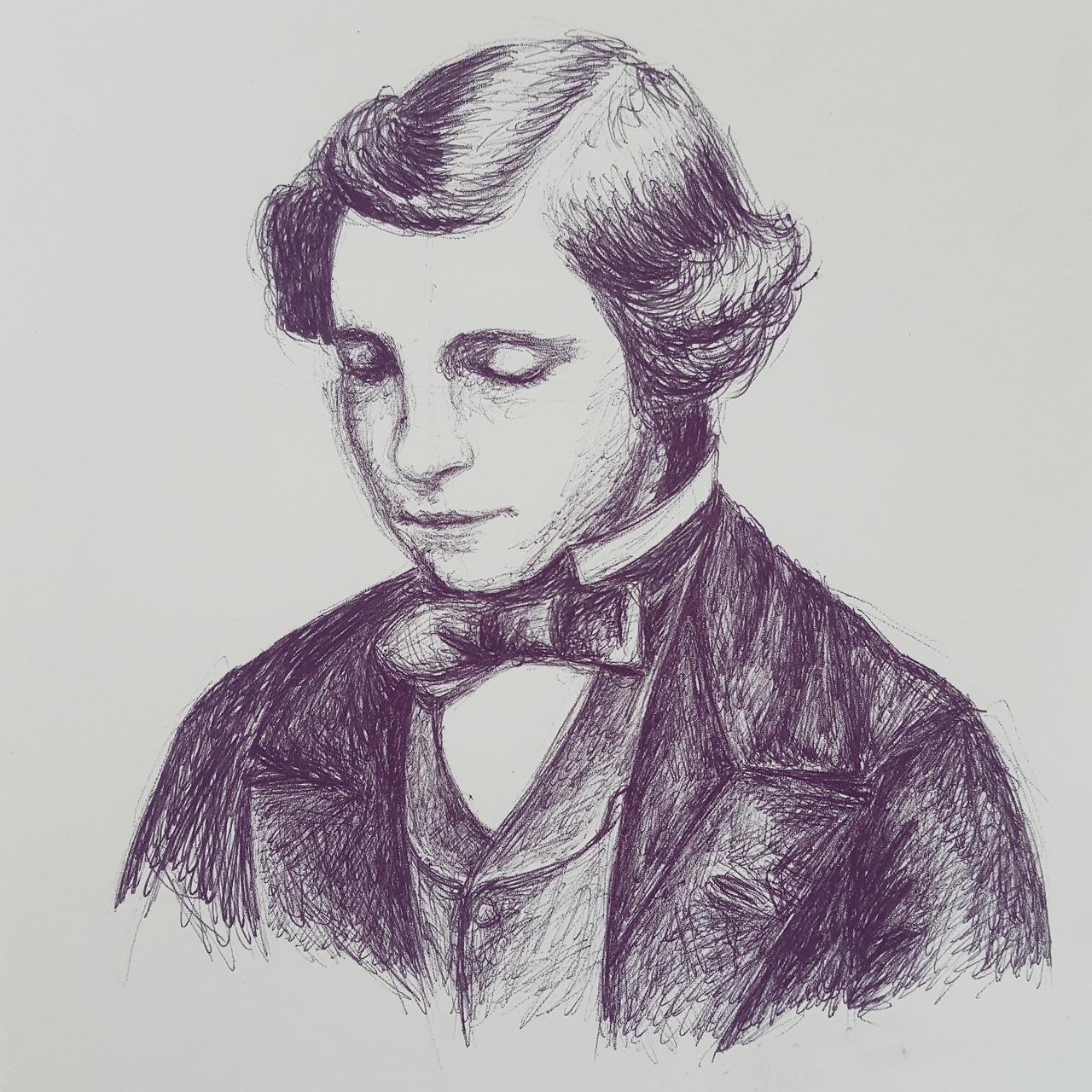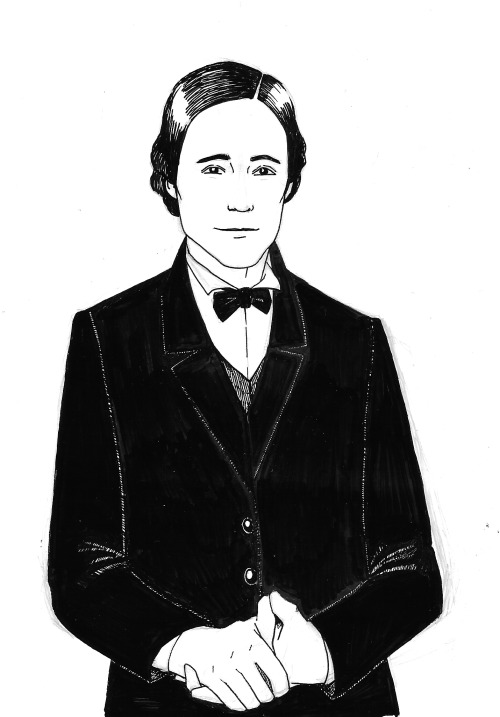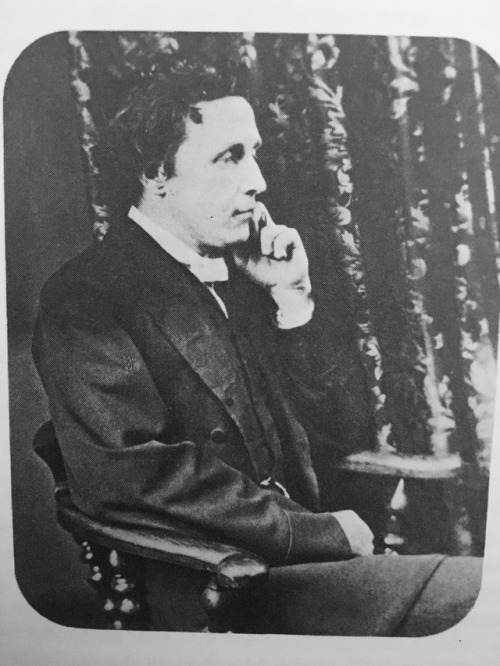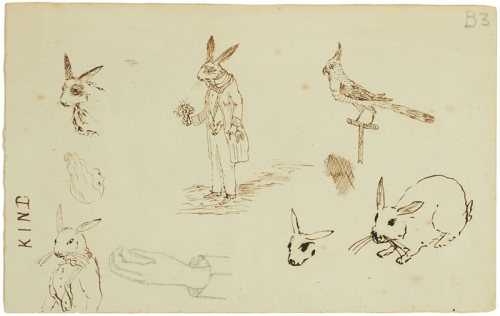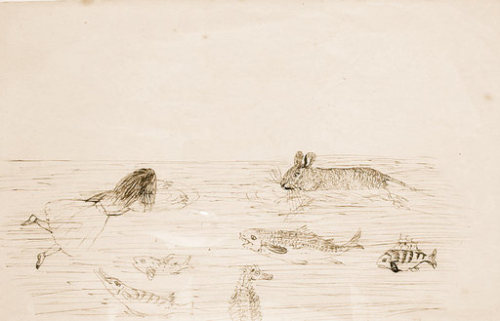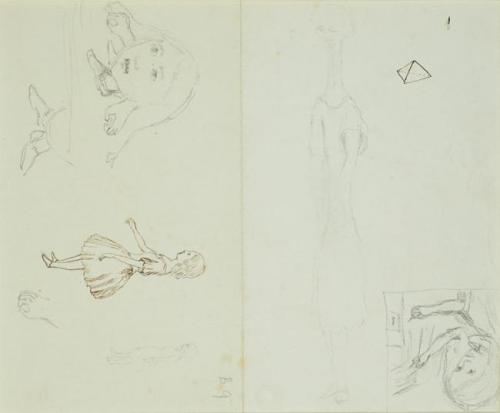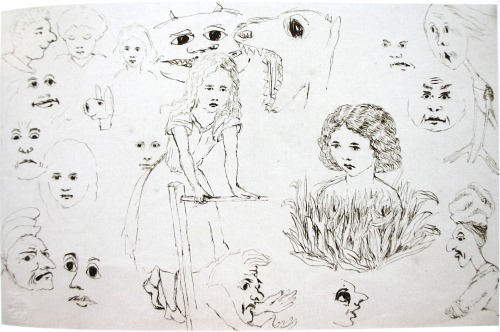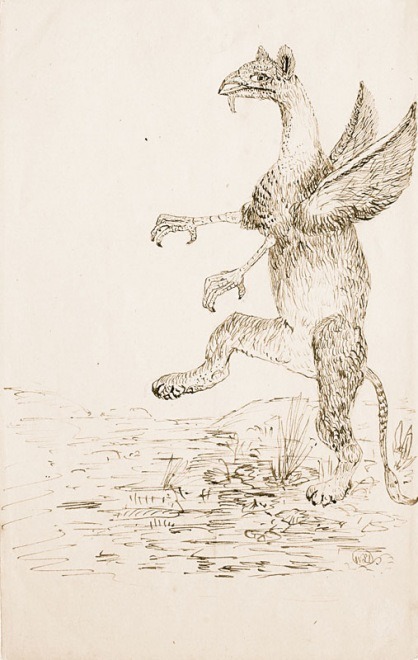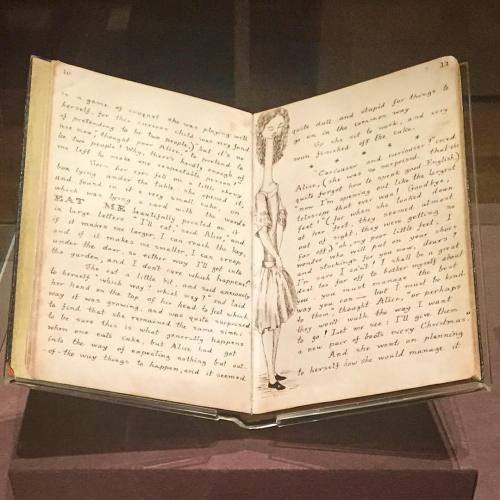(Charlotte Bradley as Alice and Daniel Page as the Queen of Hearts in Penny Farrow's Alice in Wonderland, London UK cast. Image by Steve Gregson)
As we're coming towards the end of Alice160, the 160th anniversary of the publication of the first Alice book, Alice's adventures in Wonderland, its worth reflecting on what this anniversary has meant and what events took place. I really do wonder what cultural studies scholars (such as Will Brooker) will make of this anniversary. Unlike 1932 or 1997, it is not a birth-year centenary for Dodgson. Like 2015, it is an anniversary of the first Alice novel's publication, except this year lacked major projects for the most part. Its worth thinking, first and foremost, on what an anniversary's purpose is. We might say to re-engage the general public on why a work of art exists and why it matters. With long dead artists like Dodgson, anniversaries help to keep the work relevant. In that regard, I think we can say that Alice160 has mostly worked, even if there are big gaps with mainstream projects this year just not really popping up.
I'm going to focus on the UK the most here, since I know this place the best. If you as an international reader had a different or better Alice160 experience, I do hope you enjoyed it!
In the UK, the year has been dominated by smaller celebrations, often with a community focus. You can see this with the wool based character installations in Rugby, and a wealth of community theatre productions, normally of Duffield's adaptation, Wade's modern adaptation, or La Gaillenne's adaptation of almost everything.
(Aside: Adrian Mitchell's 2 part version (also known as the RSC/Royal Shakespeare Company Alice) is still criminally underseen in theatres, despite being the best script on the market. I maintain it does both books better than La Gaillenne's does. I strongly recommend theatres go for Mitchell when considering a version of Alice to produce.)
The big theatre project this year was Penny Farrow's sell out musical Alice coming to London with a new UK cast (it had premiered in Sydney a few years ago). I didn't get to see this, and unfortunately I don't think it has a published script so I can't review it. However it got rave reviews in the press, with many saying that it had same whimsy and spirit as the novels. There was no brand new big theatre creation like for 150, where we had Wonder.land from National Theatre. Several new works have popped up for the festive season, although at the moment no one knows if Geoff Aymer's modern Peckham set adaptation or Chinonyerem Odimba's play will go the distance, or even if those two will be published or get good reviews. We'll see!
The biggest new bit of information academically we had this year was the collection donated to Oxford University, something I hope will get a catalogue book or digitalised listings.
Film/TV this year was sadly mostly an off year. There are 2 Alice160 projects, but you'll likely see them next year. The P.A works anime Dive in Wonderland, with dual Alice characters, and the Russian/Estonian musical Alisa v Strane Chrudes. Both, oddly enough, have had very mixed reviews in regions that have had first release. Dive has been criticised for being too random and Alisa has been criticised for not adhering enough to the audio musical its adapting. Time will tell if these critiques are relevant for worldwide viewers of these works.
I noticed the most in the UK, that events around Alice160 were almost always to do with the novels, or adaptations of them. This is fantastic, but the keen eyed among you may have noticed something. Apart from small things here and there, minimal mention of Lewis Carroll/Charles Dodgson himself! Unfortunately the biographical elements were mostly missing from this anniversary year. Culturally the UK seems somewhat keen to capitalise on Alice160, but very much not keen to talk about Charles Dodgson.
After 25 years of post myth research (Leach, Woolf, ect) I have to wonder why!



















